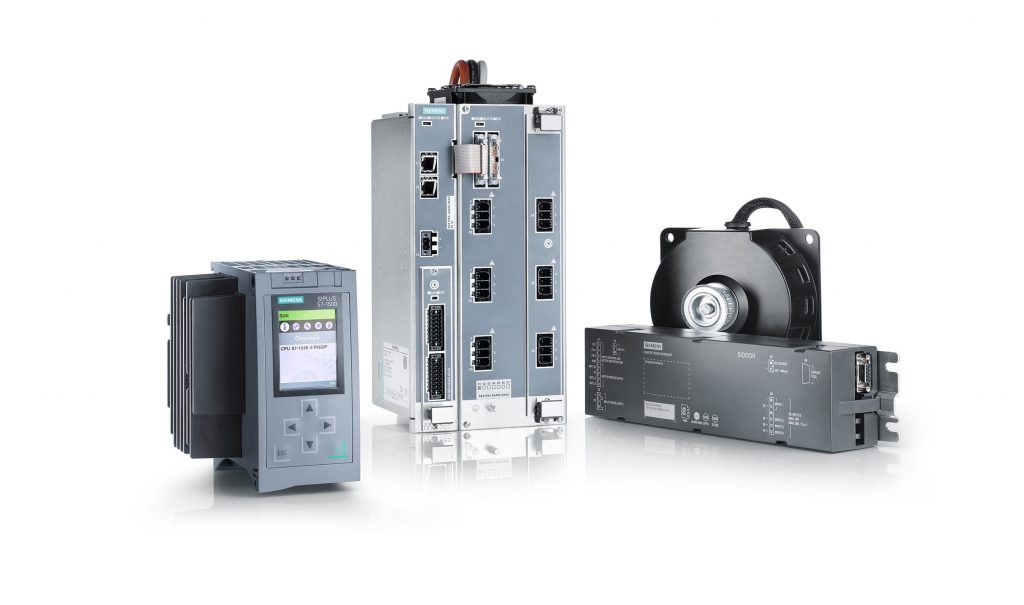1. EXECUTIVE SUMMARY
This advisory was previously released with a set of Siemens products considered to be affected. Following further investigation by the Siemens’ team, it was determined all products previously advised are not affected by any vulnerability listed in this advisory or Siemens Security Advisory SSA-478893
- Vendor: Siemens
- Equipment: SIMATIC ITC Industrial Thin Clients, SIMATIC WinCC Runtime Advanced/Professional, SIMATIC HMI Panels, SIPLUS extreme products
2. UPDATE INFORMATION
This updated advisory is a follow-up to the original advisory titled ICSA-20-343-08 Siemens Products using TightVNC that was published December 8, 2020, to the ICS webpage on us-cert.cisa.gov.
3. RISK EVALUATION
——— Begin Update A Part 2 of 5 ———
All products listed in the original advisory associated with ICSA-20-343-08 Siemens Products using TightVNC are unaffected by TightVNC vulnerabilities.
4. TECHNICAL DETAILS
4.1 AFFECTED PRODUCTS
Vulnerabilities in TightVNC (v1.X), a remote-control software package, do not affect the following Siemens products. The previous version of this advisory stated the following products were affected:
- SIMATIC HMI Comfort Outdoor Panels 7” and 15” (including SIPLUS variants): All versions prior to Version 16 update 3
- SIMATIC HMI Comfort Panel 4” to 22” (including SIPLUS variants): All versions prior to Version 16 update 3
- SIMATIC HMI KTP Mobile Panels KTP400F, KTP700, KTP700F, KTP900 and KTP900F: All versions prior to Version 16 update 3
- SIMATIC ITC1500 v3.1: All versions
- SIMATIC ITC1500 v3.1 PRO: All versions
- SIMATIC ITC1900 v3.1: All versions
- SIMATIC ITC1900 v3.1 Pro: All versions
- SIMATIC ITC2200 v3.1: All versions
- SIMATIC ITC2200 v3.1 PRO: All versions
- SIMATIC WinCC Runtime Advanced: All versions prior to Version 16 update 3
- SIMATIC WinCC Runtime Professional: All version prior to Version 16 update 3
4.2 VULNERABILITY OVERVIEW
4.2.1 HEAP-BASED BUFFER OVERFLOW CWE-122
TightVNC code Version 1.3.10 contains a heap buffer overflow in rfbServerCutText handler, which can potentially result in code execution. The attack appears to be exploitable via network connectivity.
CVE-2019-15678 has been assigned to this vulnerability. A CVSS v3 base score of 9.8 has been calculated; the CVSS vector string is (AV:N/AC:L/PR:N/UI:N/S:U/C:H/I:H/A:H).
4.2.2 HEAP-BASED BUFFER OVERFLOW CWE-122
TightVNC code Version 1.3.10 contains a heap buffer overflow in InitialiseRFBConnection function, which can potentially result in code execution. This attack appears to be exploitable via network connectivity.
CVE-2019-15679 has been assigned to this vulnerability. A CVSS v3 base score of 9.8 has been calculated; the CVSS vector string is (AV:N/AC:L/PR:N/UI:N/S:U/C:H/I:H/A:H).
4.2.3 NULL POINTER DEREFERENCE CWE-476
TightVNC code Version 1.3.10 contains a null pointer dereference in HandleZlibBPP function, which could result in a denial-of-service. This attack appears to be exploitable via network connectivity.
CVE-2019-15680 has been assigned to this vulnerability. A CVSS v3 base score of 7.5 has been calculated; the CVSS vector string is (AV:N/AC:L/PR:N/UI:N/S:U/C:N/I:N/A:H).
4.2.4 BUFFER COPY WITHOUT CHECKING SIZE OF INPUT (‘CLASSIC BUFFER OVERFLOW’) CWE-120
TightVNC code Version 1.3.10 contains a global buffer overflow in HandleCoRREBBP macro function, which can potentially result in code execution. This appears to be exploitable via network connectivity.
CVE-2019-8287 has been assigned to this vulnerability. A CVSS v3 base score of 9.8 has been calculated; the CVSS vector string is (AV:N/AC:L/PR:N/UI:N/S:U/C:H/I:H/A:H).
4.3 BACKGROUND
- CRITICAL INFRASTRUCTURE SECTORS: Chemical, Critical Manufacturing, Energy, Food and Agriculture, Water and Wastewater Systems
- COUNTRIES/AREAS DEPLOYED: Worldwide
- COMPANY HEADQUARTERS LOCATION: Germany
4.4 RESEARCHER
Siemens reported this update information to CISA.
5. MITIGATIONS
This advisory was previously released with a set of Siemens products considered to be affected. Following further investigation by the Siemens’ team, it was determined all products previously advised are not affected by any vulnerability listed in this advisory.
As a general security measure, Siemens strongly recommends protecting network access to devices with appropriate mechanisms. In order to operate the devices in a protected IT environment, Siemens recommends configuring the environment according to the Siemens operational guidelines for industrial security and following the recommendations in the product manuals.
For additional information, please refer to Siemens Security Advisory SSA-478893
Contact Siemens or further inquiries on its security vulnerabilities.
ISA recommends users take defensive measures to minimize the risk of exploitation of this vulnerability. CISA reminds organizations to perform proper impact analysis and risk assessment prior to deploying defensive measures.
CISA also provides a section for control systems security recommended practices on the ICS webpage on us-cert.cisa.gov. Several recommended practices are available for reading and download, including Improving Industrial Control Systems Cybersecurity with Defense-in-Depth Strategies.
Additional mitigation guidance and recommended practices are publicly available on the ICS webpage on us-cert.cisa.gov in the Technical Information Paper, ICS-TIP-12-146-01B–Targeted Cyber Intrusion Detection and Mitigation Strategies.
Organizations observing any suspected malicious activity should follow their established internal procedures and report their findings to CISA for tracking and correlation against other incidents.
Source:
